Before we were labelled as Hindu, we practised a way of life that was infused with Dharma, which is the purest form of insight that exists as a blueprint for individual soul-salvation. Sanatana Dharma is pre-historic, pre-religion and absolute in nature
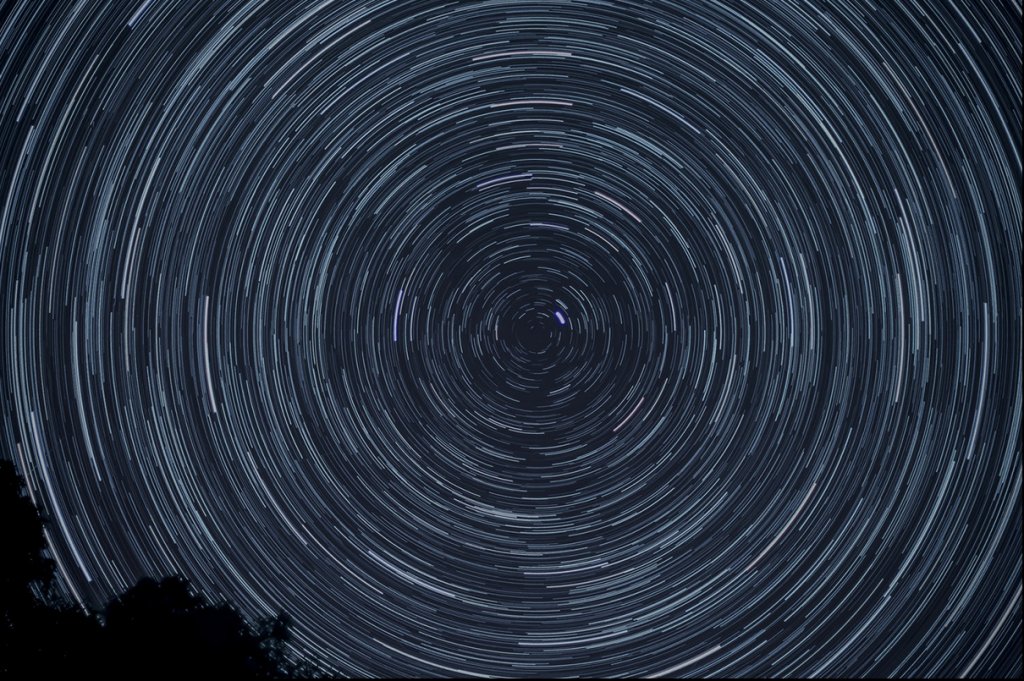
Krinvanto Vishvam Aryam
Make the Entire World Noble
Sanatana Dharma is life itself; it is a thing that has not so much to be believed in as lived said Sri Aurbindo. In its simplistic essence, Sanatana means eternal; dharma means law. So, the eternal and timeless laws that govern not only our outer lives but inner sacred lives is Sanatana Dharma. It is a journey of the pure spirit soul, connecting to the divine self, to the Atman and each one’s inherent atma gunas or divine qualities. This tradition is concerned with the blossoming of the atma gunas that live in the lotus of our consciousness.
Sanatana Dharma is pre-historic, pre-religion and absolute in nature. It is based upon the collection of spiritual laws discovered by Rishis thousands of years ago. It prescribes certain duties that harnessed the divine qualities or atma gunas in living beings in order to find fulfilment in life. There are eight atma gunas cited in ancient sacred texts. These include inculcating the power of daaya – compassion and empathy for all living beings, anasooyata – shared love, not jealousy, for the divine in others, and mangala or auspiciousness where the mind, body and heart are immersed in the present moment of auspiciousness, bereft of fear and negativity. All this in the hope of leading us to self-awareness and a deep realisation that the umbilical cord of the universe keeps each one of us intrinsically nourished and nurtured.
Sanatana Dharma goes far beyond the limiting tangibles of time, place, and societal norms, into a world of the all-encompassing, enriching inner growth, it is a bedrock of plurality and inclusion.

Sanatana Dharma goes far beyond the limiting tangibles of time, place, and societal norms, into a world of an all-encompassing, enriching inner growth, it is a bedrock of plurality and inclusion. It is not a religion but a code of ethics that leads to moksa or liberation. It is a spiritual tradition that embraces openness to spiritual values and experiences, professing an egalitarianism that is profoundly fecund, allowing varying seeds of thought, however different, to be planted in it. Sanatana Dharma, therefore, is built upon tolerance and respect and responds to the deepest yearnings of the soul – truthfulness, charity, compassion, self-control, non-violence, selflessness, purity. Sanatana Dharma is not temporal, but transcendental and timeless. It is eternal. It is important to differentiate between Hinduism and Sanatana Dharma.
Sanatana Dharma precedes Hindu/Hinduism by centuries. In fact, “Hindu” wasn’t even a term that was related to the religion as we know of today. It was first coined by the ancient Persians, who came from the outside, people who were culturally and religiously different from the people of the land they invaded. They were baffled by the length and breadth of the region’s then ancient Vedic spiritual culture and this Vedic religion became a geographic and ethnic demarcation, not a quasi-religious philosophical world-view. To the ancient Persians, the word “Hindu” simply referred to the culture, people, religion and practices of the peoples who lived on the other side of the Sindhu River. In the ancient Avestan Persian language ‘s’ grammatically became ‘h’. Thus, the Persians pronounced the name of this river “Hindhu”, rather than “Sindhu”. In fact, “Hinduism” is a name given to us by foreigners, a loose geographical definition for the people who seem to practice an indigenous religion. In fact, the term “Hindu” cannot be found in the Vedas, the Upanishads, the Puranas, the Mahabharata, the Ramayana, or anywhere else in the Vedic scriptures, to describe a religion. Historians have pointed out that the word “Hindu” is not intrinsic to the religion of the Vedas at all; and that it was only in the late 19th century, during British Raj, that Hindu/Hinduism even acquired any legal significance on a national scale in India.
But the word that comes up repeatedly, is Dharma. It is found through the entire spectrum of the Vedic and Shastric literature; from the Rig Veda to the Bhagavad Gita – in various avaatars: Vedic Dharma, Vishva Dharma (Global Dharma) or Sanatana Dharma (the Eternal Dharma). However, here, the significance lies in understanding the difference between ‘religion’ and ‘dharma’.
Dharma is non-divisive, equitable and thrives on celebrating individual choices and paths of self-discovery. Dharma or divine conformity is a path of righteousness and compassion that doesn’t seek followers. Its intrinsic essence doesn’t thrive on any need to propagate and populate. It is the purest form of insight that exists as a blueprint for individual soul-salvation. Dharma is the law of being, without discrimination.
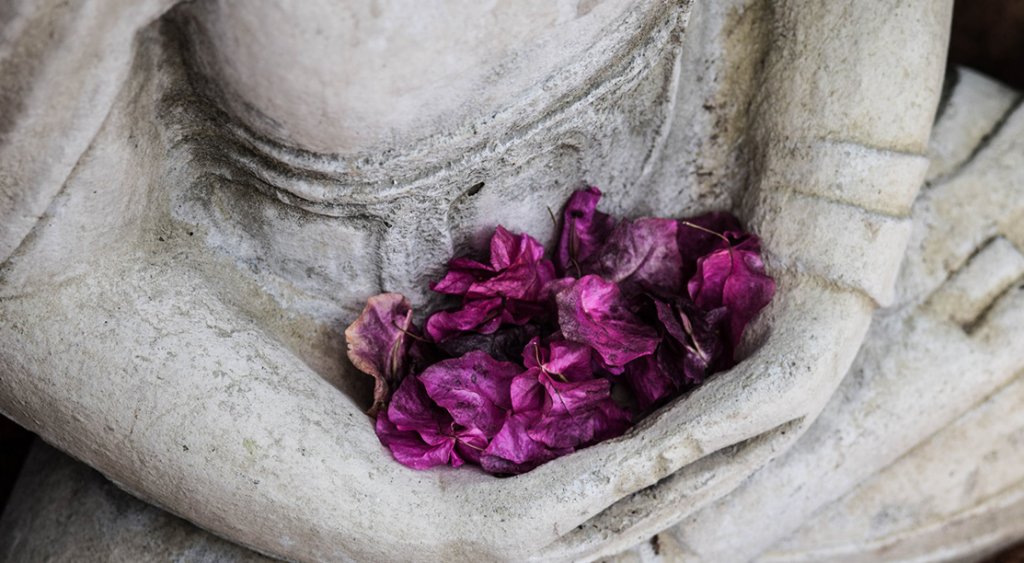
The Sanskrit word Sanatana, is a perennial philosophy, a universal tradition and an all-pervading truth, which has no beginning and no end. It is eternal in its very essence. In a discourse on the Science of Sanatana Dharma, Isha Ashram’s Sathguru says that the human being cannot rest because he longs to be something more than what he is right now. “He wants to seek more and more and that every human being is trying to expand in a limitless way. He is consciously looking for a boundless nature or a limitless possibility. In other words, every human being whether knowingly or unknowingly has an allergy for boundaries. When you threaten his existence, his instinct of self-preservation, will build walls of self-protection for himself; the same walls of protection, if there is no external threat, he immediately experiences it as walls of self-imprisonment.” Sanatana Dharma recognise that every human being is longing to be limitless. “So the first thing one must do when a child becomes reasonably conscious,” explains Sathguru, “he must be told his life is about mukti or liberation. Everything else is secondary because the only thing that you are longing for is to expand in a limitless way… You can’t call this religion… because this is the place where you have been given the freedom to make up your own god.”
Sri Acharyaji, Founder-Acharya of the International Sanatana Dharma Society explains that a thing’s dharma is what constitutes the thing’s very essence, without which, the very concept of the thing would be rendered meaningless. “To illustrate the full meaning of this term,” he says “we can use the following examples: It is the dharma of water to be wet. Without the essential attribute (dharma) of wetness, the concept and existential fact of water loses all meaning. Likewise, it is the dharma of fire to be hot, the dharma of space to be expansive, etc.” For, according to the Vedic tradition itself, the very empirical cosmos in which we find ourselves currently situated also has its own inherent dharma, its essential attributive nature, without which the universe becomes meaningless. In this more macro-cosmological sense, the term dharma is designed to communicate the view that there is an underlying structure of natural law that is inherent in the very intrinsic constitution of Being itself. The Vedic world-view sees the universe as a place that has inherent meaning, purpose and an intelligent design underlying its physical principles and laws. Dharma is Natural Law. Thus, if we needed to render the entire term Sanatana Dharma into English, we can cautiously translate it as “The Eternal Natural Way”.
The quest for self-realization through Sanatana Dharma, the Science of Being, is the path that will enhance the evolution of human civilization.
How does the wind not cease to blow?
How does the mind take no repose?
Why do the waters, seeking to reach the truth,
never at any time cease to flow?

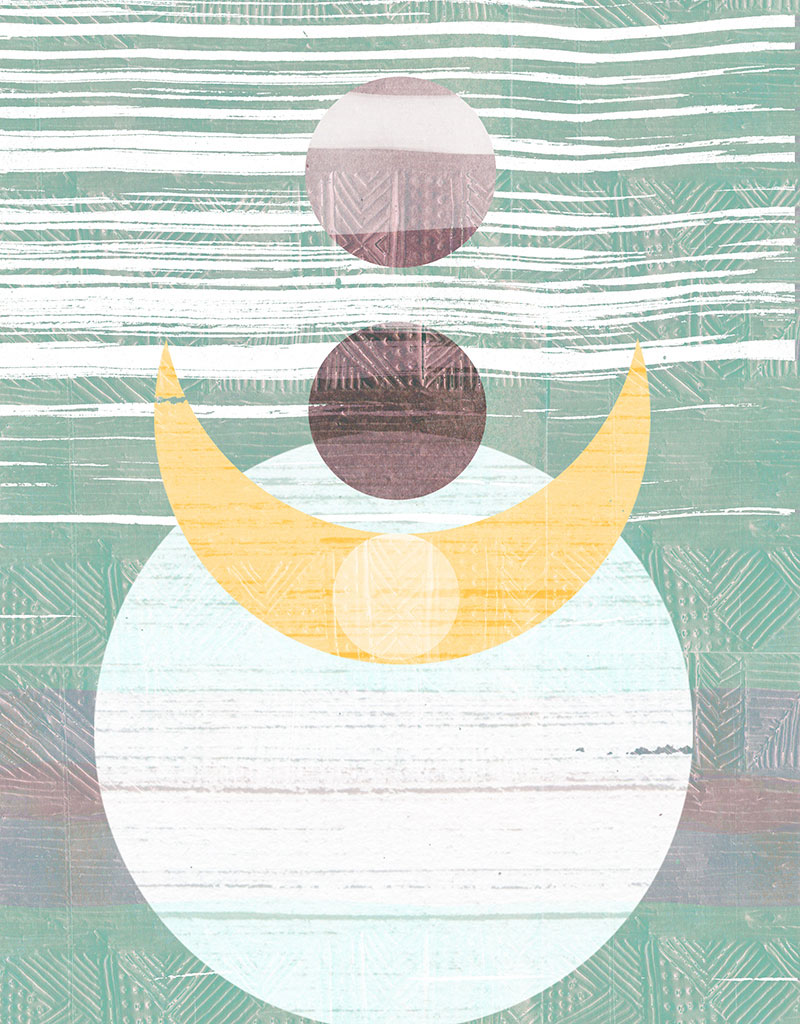
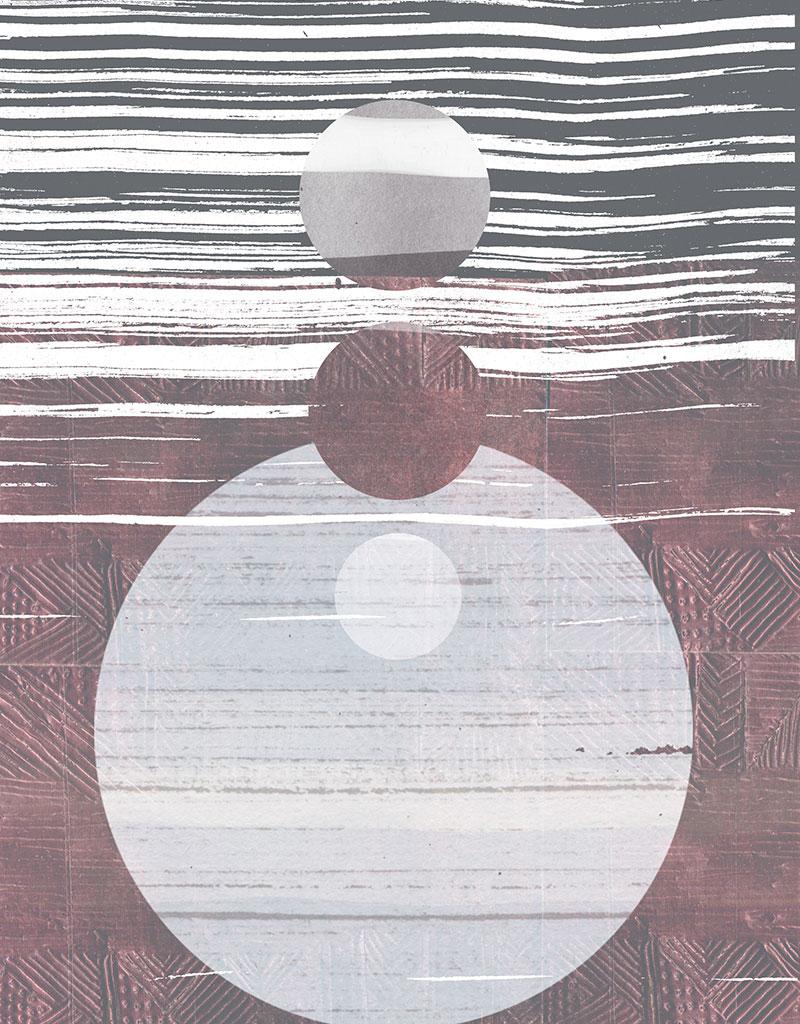

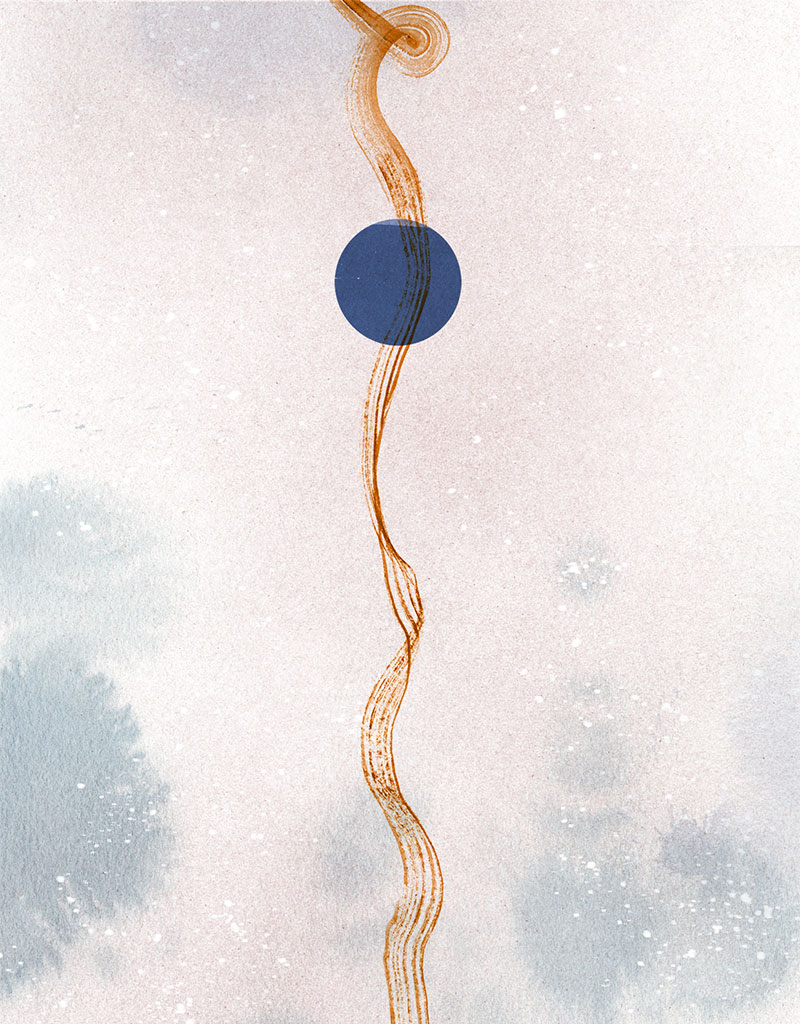

Respected Madam,
You explained Sanatana Dharma very nicely. Recently I am trying to understand Yatharth Gita which is so much powerful for peace of mind, however I am very much surprised why our country which actually got this powerful knowledge and still fighting with each other in name of religion. You mentioned in your article that Sanatan Dharma intrinsic essence doesn’t thrive on any need to propagate and populate, the same may be the reason why thousands of year ago it was practiced in it`s purest form and as the time passed other forms evolved form the original laws as per requirement of different regions and their Geo-political and social reasons. Today all of us are actually using religion as a tool of identity and ego, these thoughts of self pride actually taking us away from universal laws of knowledge, We human beings are actually passing nothing good to our next generation only darkness of false knowledge.
Thank you for your explanation and giving me some light about Shri Aurbindo.